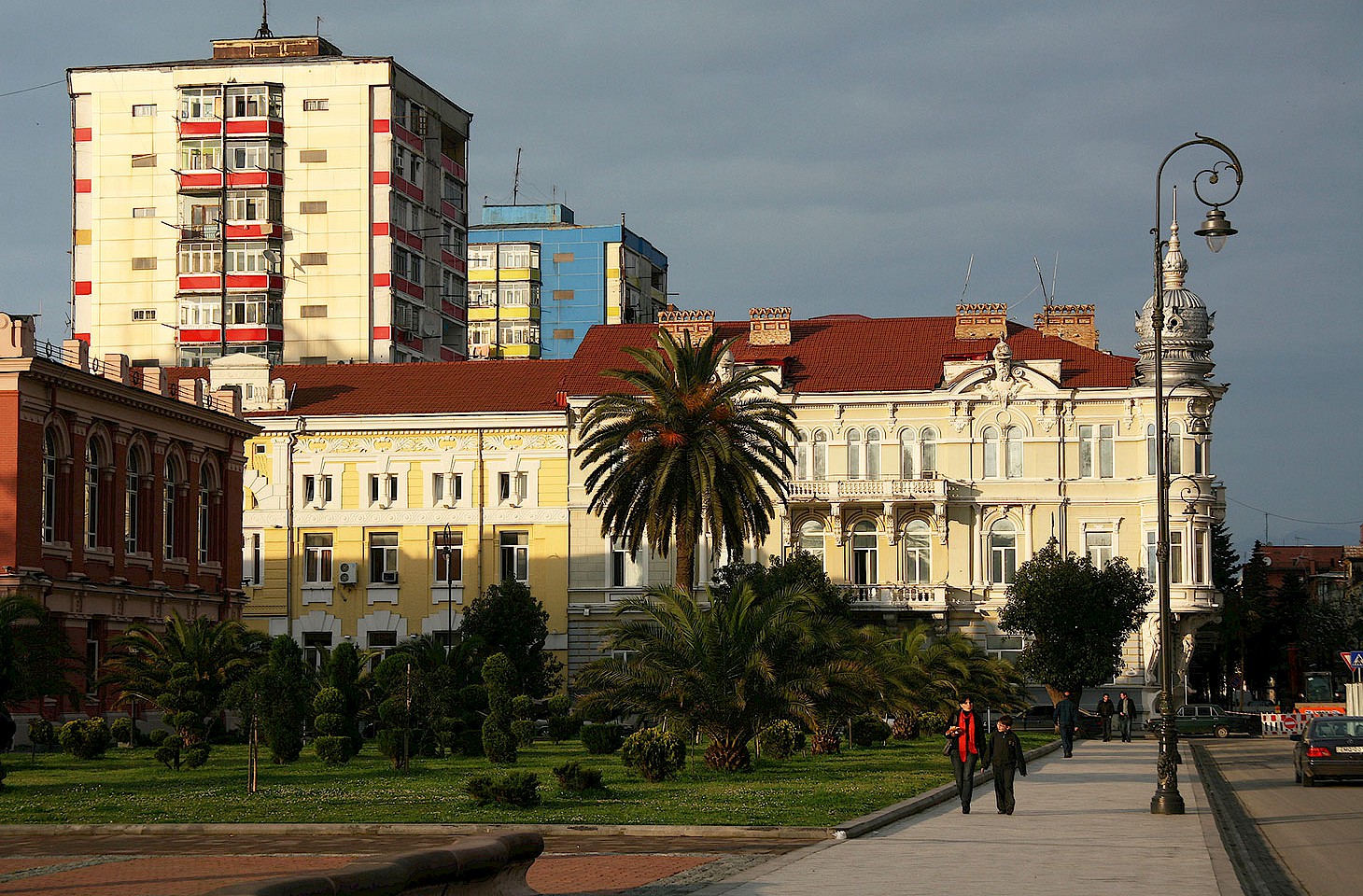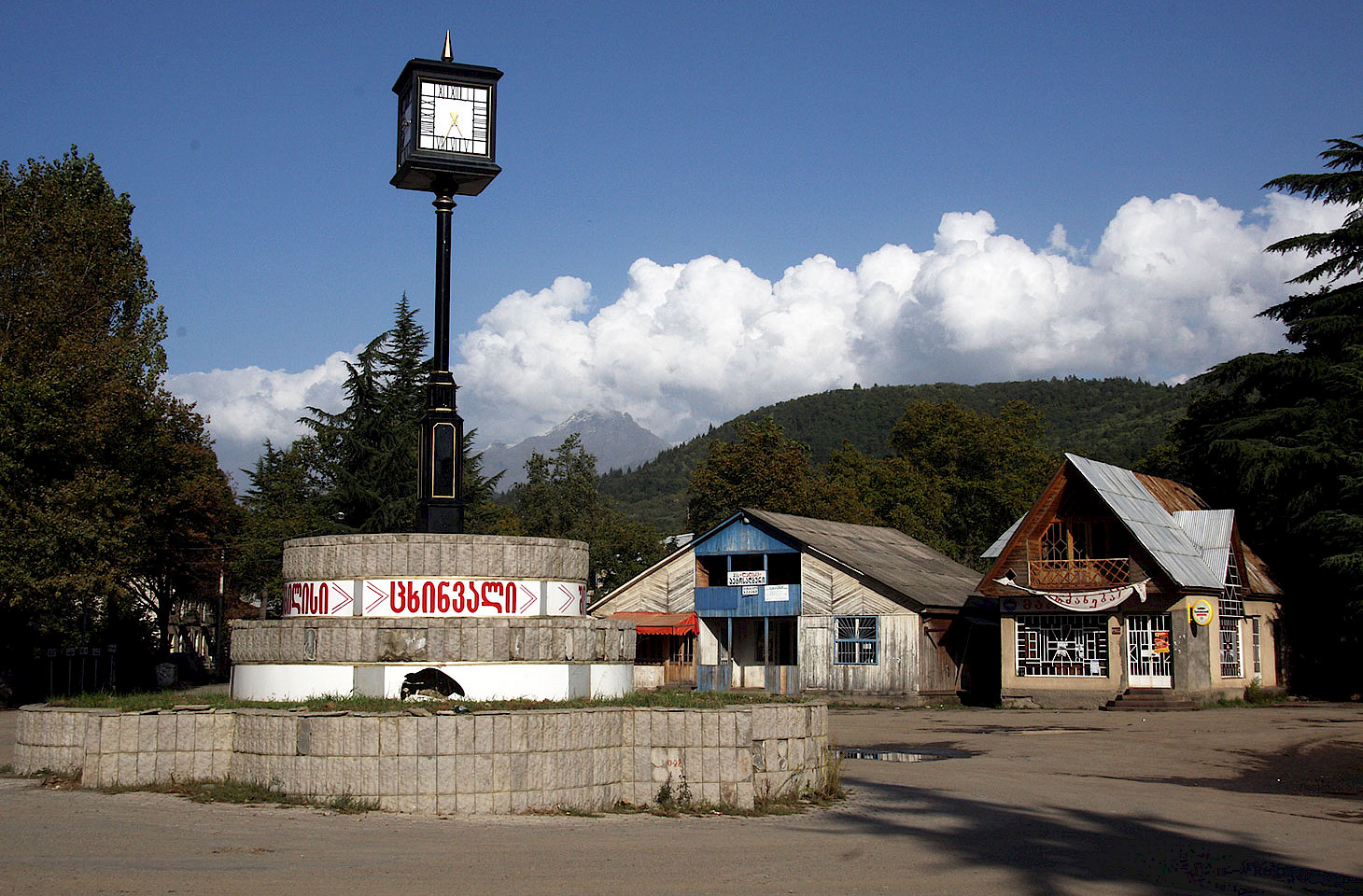The guard on the train has her work cut out. As we climb steeply up into the hills of Bohemia, the woman sells tickets and chats with her regulars. There are passengers with bags full of groceries, heading home after a busy morning shopping in Decín. There are students on their way back from college. Towards the back of the train, there are two lads, a couple of beers apiece, already well-tanked and sharing their music and opinions with all in earshot. The guard is having none of it, and insists they move to the middle of the train where she can more easily keep an eye on them.
The train is new. Smart new rolling stock for a smart new cross-border rail service. Except that the trains do not yet run on beyond the border to Sebnitz in Germany. The guard on the train has a view on this. “Bumbling on the German side,” she says. “It is just a few hundred metres from the last Czech station at Dolní Poustevna to the German railway line on the other side of the border at Sebnitz. The link is pretty well all there. We are still waiting for the Germans to join up the tracks.”
The tale told by the railway guard is a fair reflection of events. The last trains rolled over the border to Sebnitz in the closing days of the Second World War. There has been talk over the years of reopening the route, but only now is that about to become a reality. The first through trains to Germany will run this summer. Until then it’s all stops to Dolní Poustevna and then an uninspiring cross-border hike through a landscape of decay and dereliction.
Heading east, the hillsides tilt ever sharper. At Benesov, the empty tennis courts are covered by last season’s leaves. Further up the line, the tennis court in a trackside village is draped in snow. And as we climb yet higher, the valley narrows and there is no space at all for tennis courts.
Heading east, the hillsides tilt ever sharper. At Benesov, the empty tennis courts are covered by last season’s leaves. Further up the line, the tennis court in a trackside village is draped in snow.
Here and there, we catch glimpses of hilltop castles. Streams of clear fresh water cascade out of banks of snow. Giant boulders are emerging from winter, their upper surfaces variously dusted with gold lichen and green mosses.
Bohemian topography appeals to the Romantic imagination. A man on the train recounts the story of Wenzel Babinsky. In the mid-nineteenth century, Babinsky caused mayhem in these valleys by opportunistically depriving travellers through the region of their assets. His roguish career is presented as a Robin Hood sort of tale, but there is no evidence that Babinsky redistributed any of his ill-gotten gains to the poor. His exploits have been romanticised to the extent that he now has folk hero status in Bohemia.
The guard on the train is too busy for tales of Bohemian folk heroes. She has taken upon herself the formidable task of teaching an extremely old man the essentials of rubbish recycling. He is a willing learner, keen to master the details of what the guard proudly calls ‘our four-bin system’. By the time the man alights at Kytlice he has learnt that yesterday’s newspaper has no place in a bin reserved for plastic wrappings. He smiles at having mastered the rules. So too does the guard, and so too does the young woman waiting to meet the elderly gentleman as he climbs down from the train onto the snowy railway platform at Kytlice.
Beyond Kytlice, the line turns to the north, still climbing through the forests that cover the southern flank of Jedlová. Energetic travellers can alight at the station (also called Jedlová) to hike to the summit of the mountain where a monument to the German poet Friedrich Schiller is a reminder of how this area has redefined its identity over the decades. Stones around the monument bear the names of the 19 villages in the vicinity that in 1905 paid for this memorial to Schiller. But you’ll find few of those German village names on modern maps. For this entire swathe of territory was part of Sudetenland, once a mainly German-speaking region of Czechoslovakia which was occupied by Nazi Germany in October 1938.
At the end of the Second World War, the Germans packed their bags and left, the pre-1938 border was restored, new Czech residents moved in and the railways in northern Bohemia were cut back to stop just short of the border. In the 1950s there were just four pairs of trains each day linking communities in East Germany with neighbouring Czechoslovakia — using just two rail routes over the frontier. Now, in a new wave of cooperation, which was given further impetus by the expansion of the Schengen area to include the Czech Republic in 2007, there are eight cross-border rail routes in the region.
The journey beyond Jedlová takes in a number of industrial communities. Rumburk, just a stone’s throw from the German border, was once famous for its linen, but today the mills are silent. From Rumburk, the train runs west back towards the valley of the Labe through country which is strangely desolate. There are empty fields and empty villages. This is a peculiarly impoverished part of the Czech Republic, nowadays with substantial Roma and Vietnamese populations. Many Czech residents left in the 1990s, moving away to take advantage of new economic opportunities in Czech cities after the Velvet Revolution in 1989.
Yet these communities were once at the very heart of an industry that shipped its products to great cities around the world. In the days before the First World War, when Bohemia was part of the Habsburg Empire, this was the epicentre of artificial flower production. Dolní Poustevna, the interim end of the railway until it is extended over the border to Germany, once boasted several dozen small workshops producing artificial flowers. The finest hotels in London and New York ordered artificial flowers from Vienna — but the flowers were actually produced in this region. This industrial tradition survived until the 1980s. Even on the eve of the Velvet Revolution, there were still 300 people employed in making artificial flowers in Dolní Poustevna. Today there is not one.
Aighting from the train at the current terminus, there is a notice proclaiming Czech virtue in having promoted the extension of the line to Germany. It makes fairly clear that the Germans have not quite pulled their weight in this endeavour. We wander through a wasteland of abandoned streets, making wrong turns, in search of the road to Sebnitz in Germany. It is not an uplifting walk. In a café on the German side of the border we ask a Sebnitz man what he makes of the rail link that is about to open. He is unenthusiastic. “It’ll just bring more problems,” he suggests.
“I’ll not be using it,” he adds. “I’ve never been over there.” It is an interesting thought that the mobility and freedom of movement so valued by many residents of the Schengen region has so little meaning for others.




